How Japan’s Mountains Turned Me Into a Solo Hiker
Before I moved to Japan, I never really considered hiking alone.
Back in Australia, bushwalking was always a group activity. From my earliest days in the Cubs and Scouts, through to school camps, weekend trips with friends, and eventually university bushwalking club hikes – there was always someone alongside me. Often many someones. Some of my most formative outdoor memories involved setting off in big groups – 10, 20, or even more – with plenty of laughs, shared camp meals, and evenings spent under the stars around a fire. I absolutely loved those experiences and wouldn’t trade them for anything.
We were taught that hiking in a group was the safest and smartest option. Ideally, four people. That way, if someone was injured, one could stay behind while two others went for help. It was drilled into us as common sense – and to be fair, it is. When you’re days from the nearest road in remote Australian bushland, hiking in company makes a lot of practical sense.
But then I came to Japan.
One of the first things that struck me while hiking here wasn’t just the number of people on the trails – it was how many of them were hiking alone. Of course, you’ll still find plenty of hiking clubs and university groups here too. But just as common are solo hikers: men and women, young and old, confidently heading up into the mountains by themselves.
At first, this surprised me. But it also intrigued me. And before long, I found myself doing the same.
One reason, I suspect, is that hiking is simply more popular in Japan than in Australia. There’s a higher density of people on the trails – especially on weekends – which means that even if something goes wrong, you’re rarely too far from help. But that’s only part of the story.
Over time, and after chatting with dozens of other solo hikers, I’ve come to see there’s a deeper motivation – one that resonates with me more and more each year: some of us just prefer to hike alone.
When you hike solo, you set your own pace. You decide when to start and stop, how far to push yourself, when to rest, and for how long. You can linger at a viewpoint as long as you like or breeze past others if you’re in the flow. There’s no negotiation, no compromise, no need to match your stride to someone else’s. For many of us, that sense of autonomy is not just a convenience – it’s part of the reward.
Living in Japan – especially in a city like Tokyo – can be intense. The noise, crowds, and social expectations can be wearing. Hiking alone, for me, offers a much-needed contrast: silence, space, and a chance to completely switch off. I recently read a blog post by Sean Breslin, another foreign hiker here, who put it perfectly: “If you’re going to the mountains, it’s better to go alone; otherwise, you might as well stay in the city”. I couldn’t agree more.
Solo hiking, for me, is almost meditative. The rhythm of my steps, the sound of wind through the trees, a gurgling stream, or the sudden flutter of a startled yamadori (copper pheasant) and those quiet moments spent pausing to marvel at an ancient tree – all become part of a kind of moving mindfulness. A way to reconnect with myself by disconnecting from everything else.
Of course, that’s not to say I’ve become a total lone wolf. I still enjoy the occasional shared hike, and my main social outlet at least when it comes to connecting with Japanese people – is actually my local gym, not the mountains. For others, that balance might look different – some people find companionship on the trail energising or even necessary for motivation. Horses for courses.
I should also stress that solo hiking isn’t something I’d recommend right off the bat. If you’re just getting started, hiking with others is not only safer it’s also a great way to learn. Trail etiquette, map reading, gear choices, pacing – these things are often best picked up in good company. And there are real risks to hiking alone, especially if you’re unprepared or in unfamiliar terrain.
But once you’ve built that foundation, going solo can be one of the most liberating and fulfilling ways to experience the outdoors. It’s not about isolation, but independence. It’s not about avoiding people but reconnecting with yourself.
I didn’t set out to become a solo hiker. Japan’s mountains simply nudged me in that direction. And I’m glad they did.
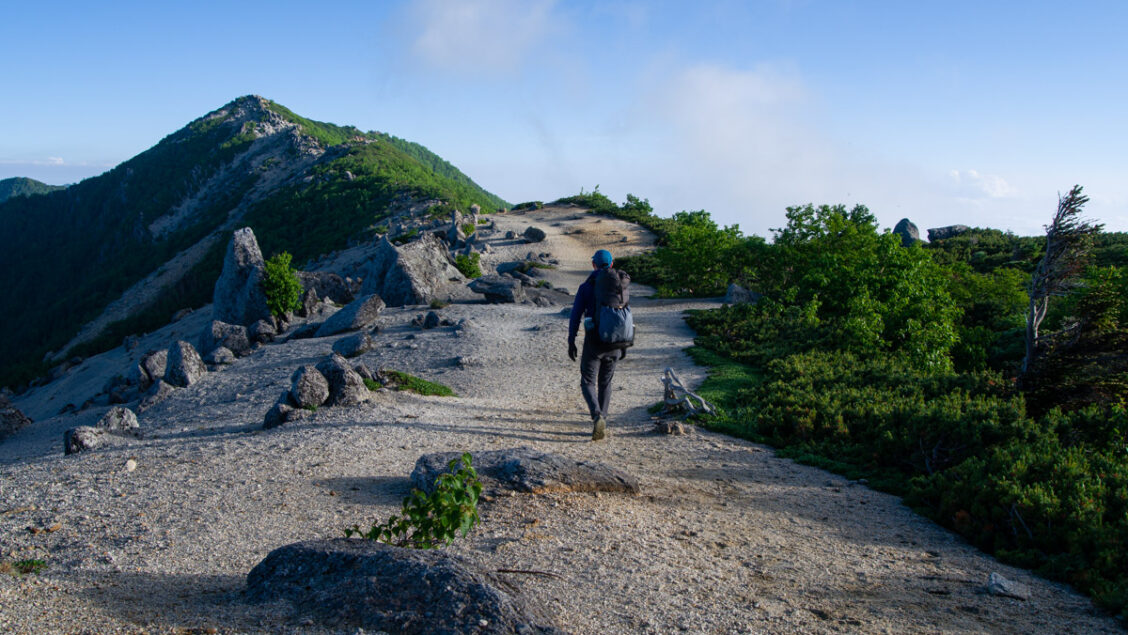
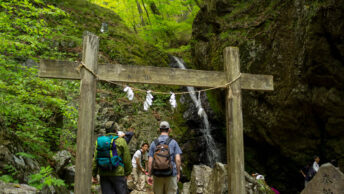
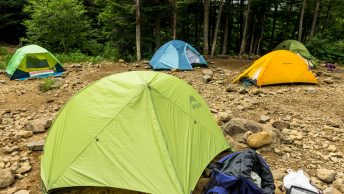
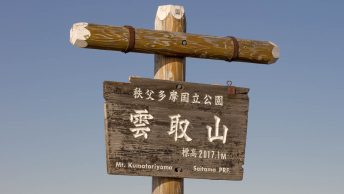

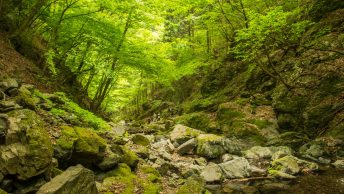
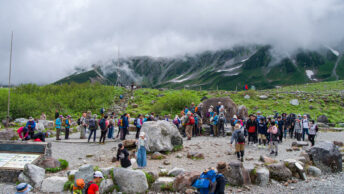
Hiking with others is never a positive experience and more dangerous. Safety is reduced.
Any hiker with me will either be faster/more skilled OR slower/less skilled. Worsens the experience for both. Feels like constant compromise from start to summit to end.
Interactions with external hikers coming down/up are much more positive when alone.
Pairs/groups are much nosier and harder to pass. No thanks.
Hike alone. Stay home if you need company!
Thanks for sharing your thoughts, James.
I basically agree, especially for those who’ve built up the skills and confidence to go it alone. You make a good point about social interactions on the trail too. Some of the best moments tend to be chance encounters with other solo hikers, especially on quieter trails or weekdays when fewer people are around.
I did enjoy those early group hikes and learned a lot from them, but these days I find solo hiking is the most rewarding for many of the reasons you mentioned.
I couldn’t agree more. I’d mostly been a lone trail runner, so hiking was no different once I felt my own skills & confidence & skills had reached the necessary levels to do so, mostly acquired in the Canadian Rockies for me. I had a very small number of hikers who I would join on occasion, but only this whose skills & confidence matched my own.
Unfortunately, health issues have curtailed my outdoor activities in recent years but these are things I pass onto like minded hikers who find themself wanting to venture alone more & more.
Thanks, Ged. Sounds like a similar path – building that confidence over time until solo felt like the natural choice. Sorry to hear about the health issues, but it’s great you’re still sharing that experience with others looking to make the shift.
I was a Boy Scout and they also taught us to go with at least four peoples.
However, since restarting hiking last year, it has been exclusivey alone. Even close to Tokyo, it is amazing you can find places to get away from the crowds – I only saw 3 people in total the other day.
I am not good at sitting still for mediation, so hiking is my way of clearing my mind, especially on a hard trail when you have to concentrate on your footing.
I was only worried once, on a tough hike in the snow, but still felt I could have turned around safely if necessary.
Hi Mike,
It’s amazing how quiet it can still be, even close to Tokyo. As long as you’ve planned well, there’s usually a safe way to turn back or find an easier route off the mountain if needed.
Agree wholeheartedly, probably because I got my fill of the group thing as a hiking guide. Hiking alone allows you to shape the culture of the day. If heading to remote peaks, driving is the only real choice, and even that is part of the culture. –the routes I take, music I listen to, even the coffee along the way, homeward-bound onsen or swimming stops, the whole package.
There are exceptions. If I need to take the motorway, as the conversation helps pass the time. Or section hiking long trails, as the shared goal is infectious. And there are a few mates (primarily, Wes) who are just good fun to have on the trail.
But I’ve had entire days go awry because a hiking companion wants to edit the day. (Am I wrong to think that the person who comes up with the plan should be allowed to accomplish what they set out to do? If I’m invited along on a hike, I try to sit back and enjoy the ride.) The worst of these was when I asked two new friends to join me on a tough hike that had a pretty dicey section at the end, thinking about safety. One guy brought along his little lap dog (who he carried most of the way), and the other, his two primary school aged kids. Needless to say…
Thanks, Ted. Fair call – if someone’s put the effort into planning a route, it’s respectful to let them see it through. Editing the day mid-hike (unless absolutely necessary) can really throw things off. And yes, solo hiking lets you shape the whole experience, from the trail to the tunes to the post-hike dip.
I agree that it is crucial to accumulate hiking experiences with a friend or in a group first before attempting solo to gauge personal speed, limitations, the right type of gear to use, and so on. I had a friend whom I often hiked with in Thailand, then we went to Kota Kinabalu, and to Shirouma Dake together. She is a few years older and has become less passionate about hiking over the years, while I was really getting into it pre-pandemic. Since I like Japan so much and really like the nature and hiking culture there, I set out to fly from Thailand to do a multi-day hiking in Japan at least once or twice a year since 2018 although that was put on hold during 2020-2022. Being a lone female hiker and a gaijin who knows just passable Japanese, I always do thorough research before my trip like which route bus to take to the trail head and how often it runs, what mountain hut to stay en route each night and how to make a reservation, as well as how to purchase hiking insurance from a Japanese agency (Google translate comes in handy).
I successfully summited Yarigatake last year after a failed attempt in 2023 due to a typhoon. This September I’ve already planned a hiking trip to Kumonodaira via Shinhotaka onsen. I can’t wait to enjoy my trip and the peaceful time in the Kita Alps again.
Thanks for the comment, Sirin. Some wise words of advice – starting out with a hiking partner really does help build the confidence and know-how needed for going solo. Your careful planning, from buses to insurance to gear, is a great approach and clearly pays off. And congrats on finally summiting Yarigatake after that weather setback! Hope the weather holds and you enjoy another awesome hiking holiday.